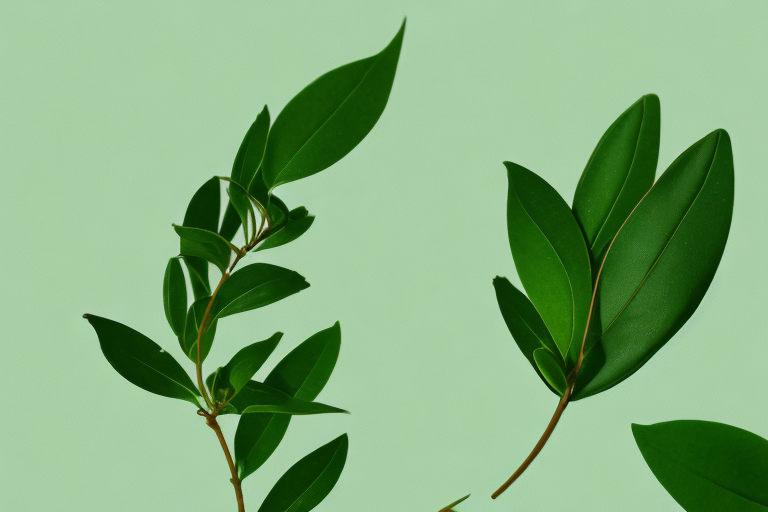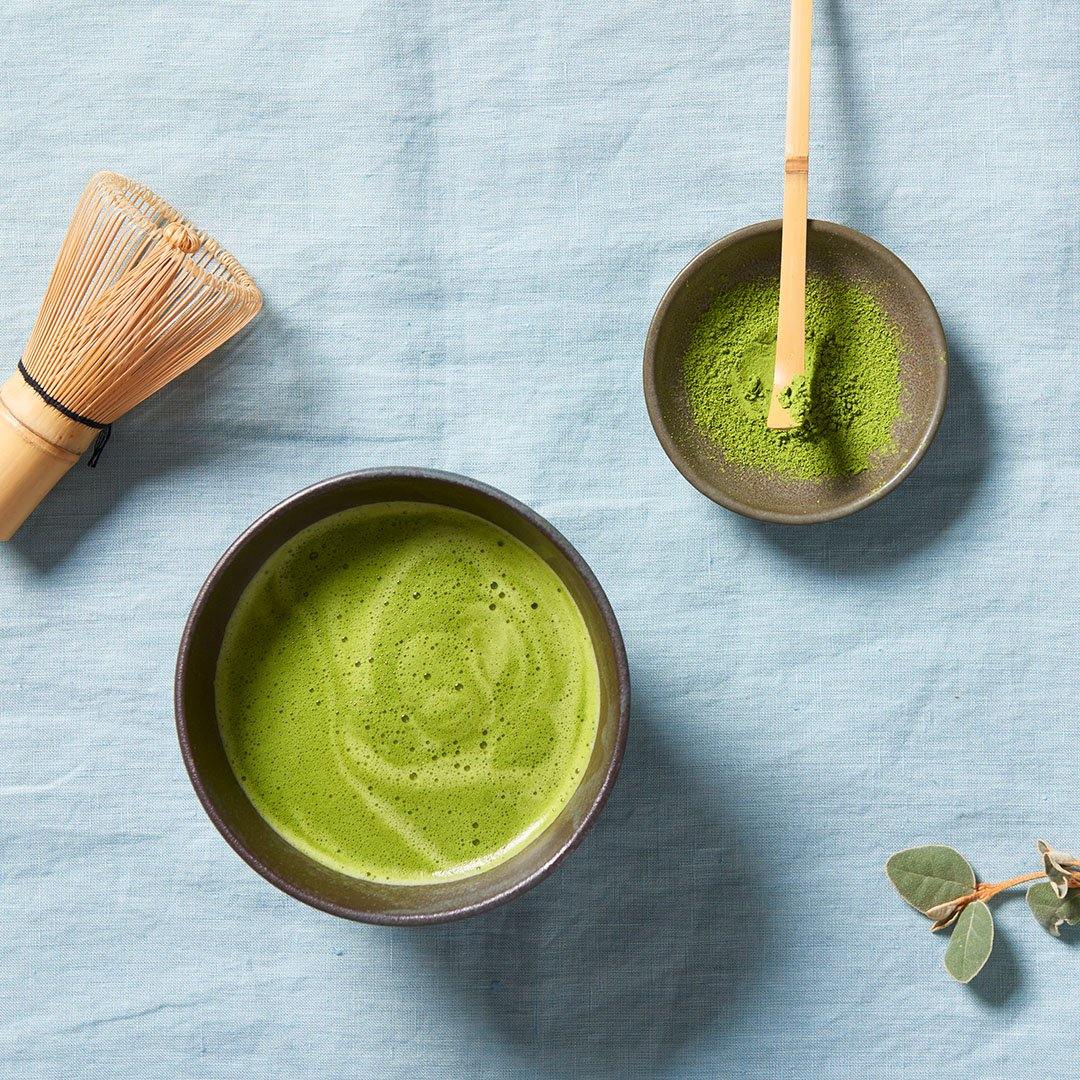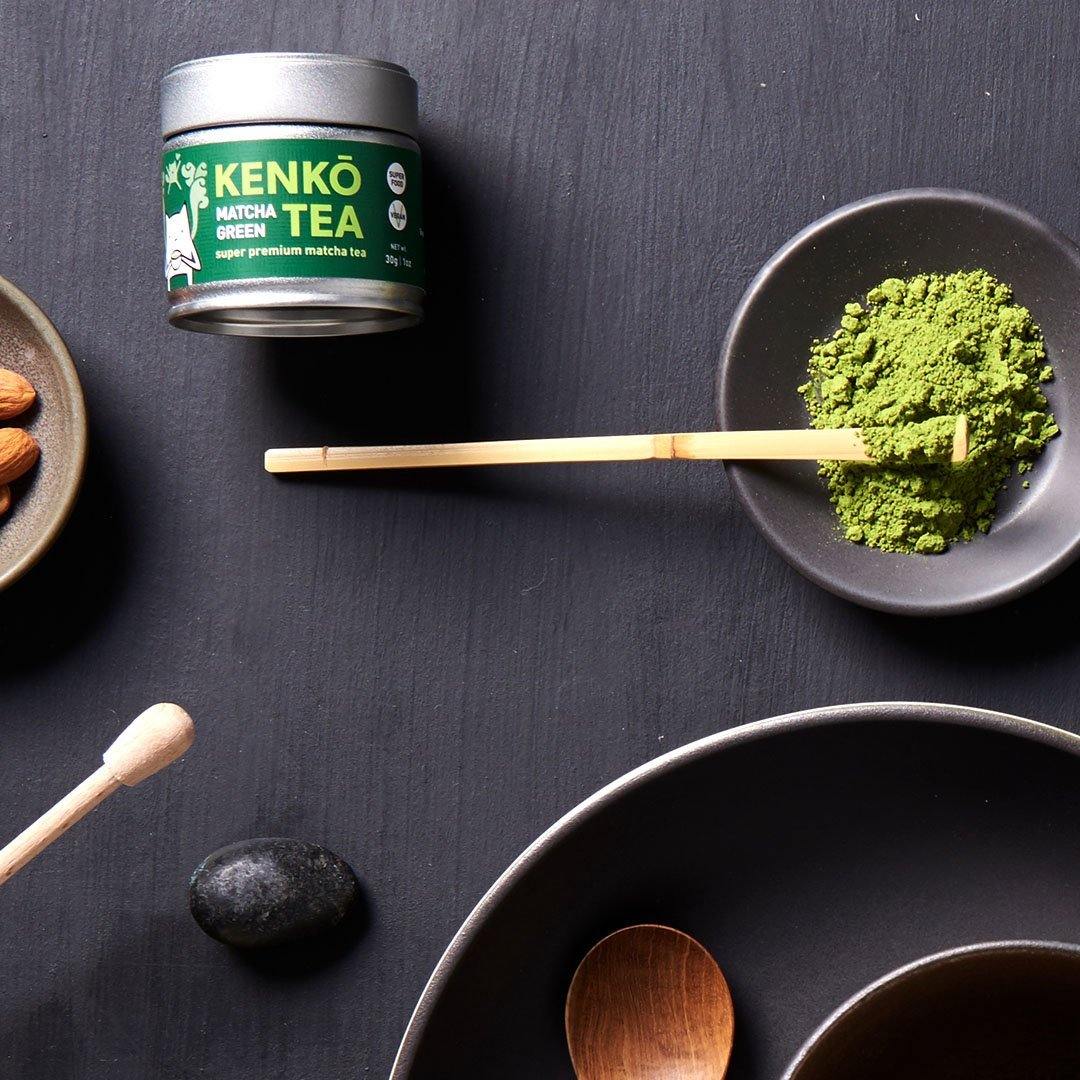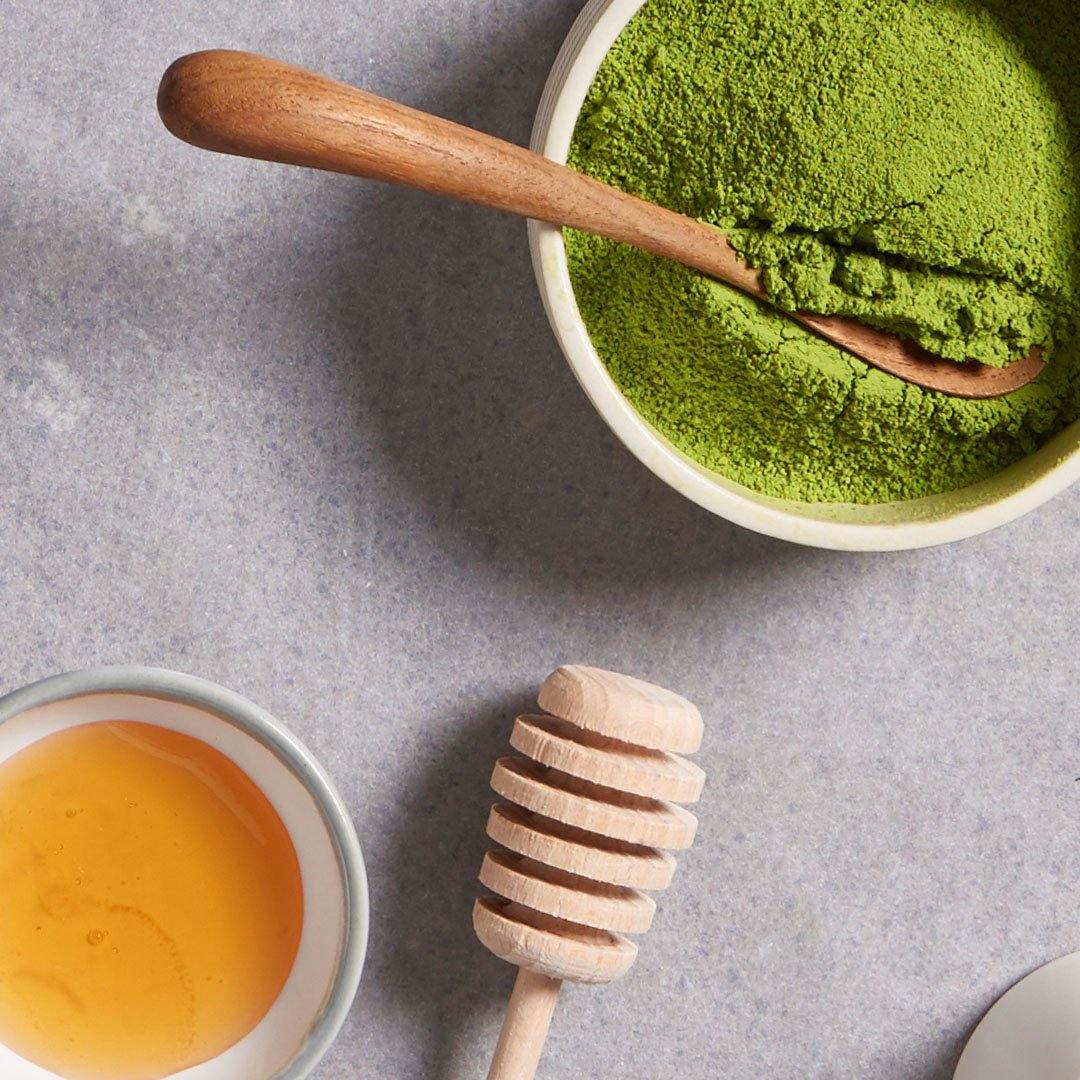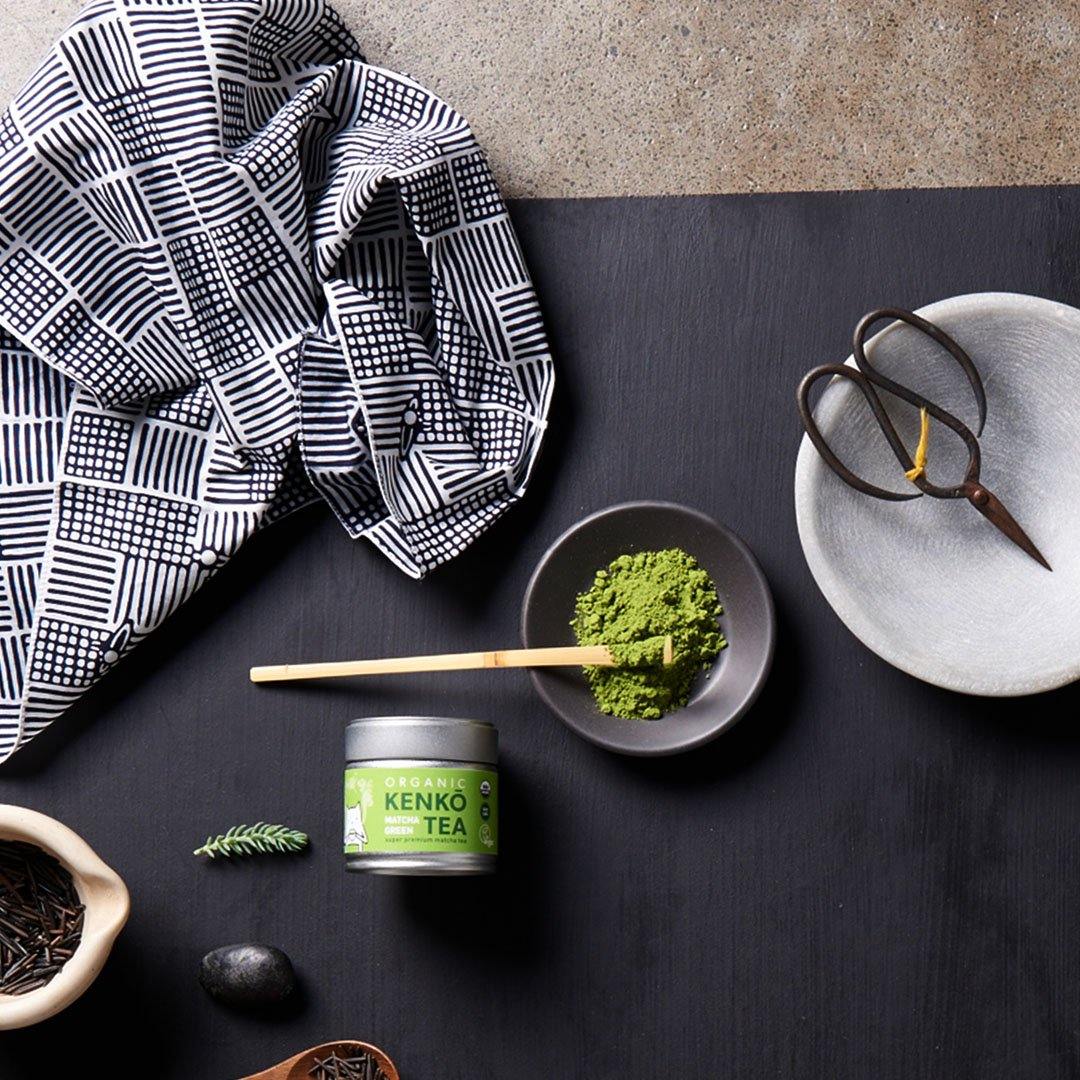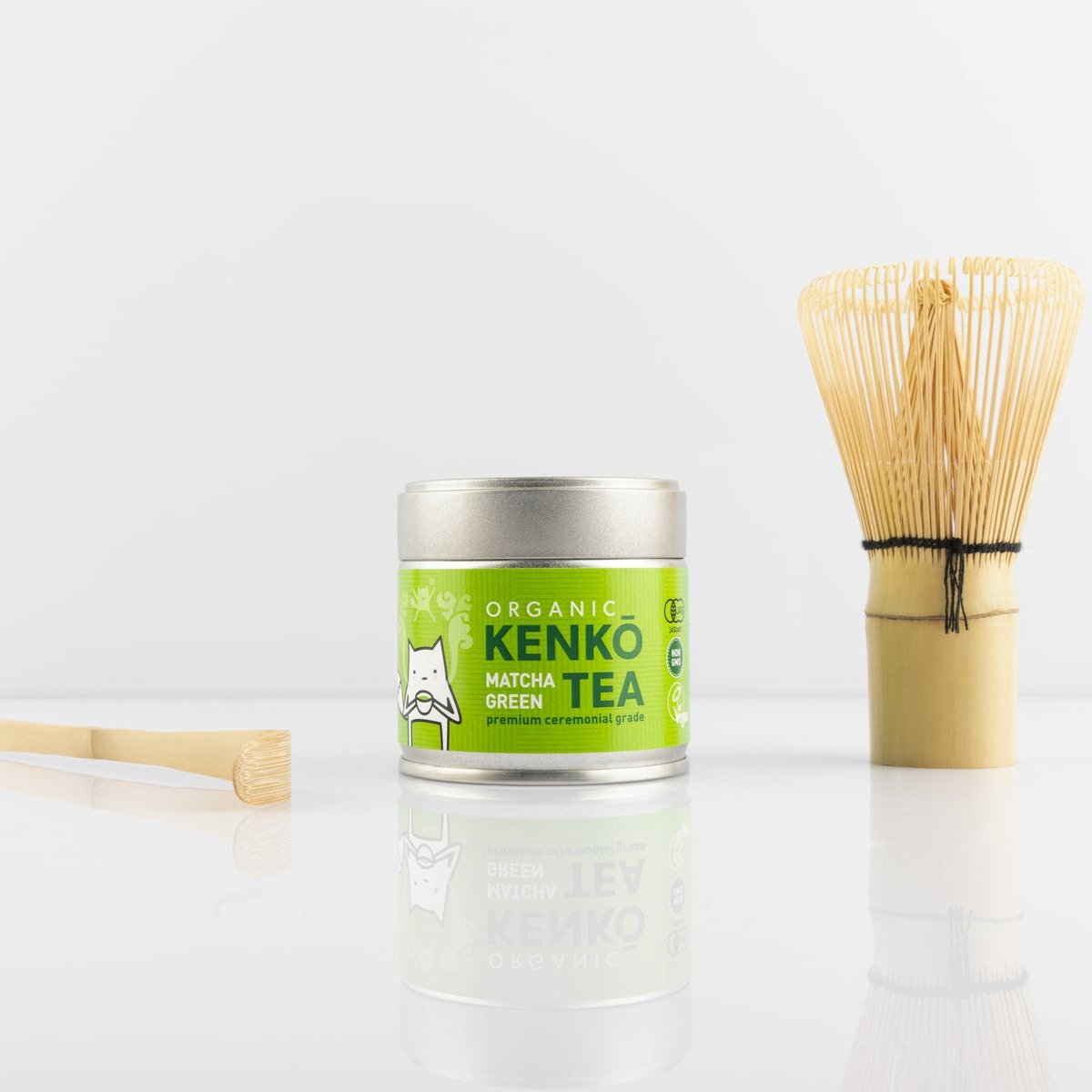Amazing taste. I always look forward to my afternoon matcha everyday! Thank you Kenko Tea!
This is the best home matcha I have found. Tastes delicious, no bitter aftertaste or strange flavour additions. I have it every morning instead of coffee and I'm still not sick of it. Whisks well and no clumps.
I purchased high quality matcha from Ippodo tea house in Japan and several other Uji matcha brands, and this is the only brand I’ve come across in Australia which is as good as the brands found in Japan. Very happy with my purchase!
This specific brand of matcha is THE best one I have tried. The only issue is that I finish it too quickly. Missed out on the 20% sale, so I encourage you to try this one, you won't be disappointed.

